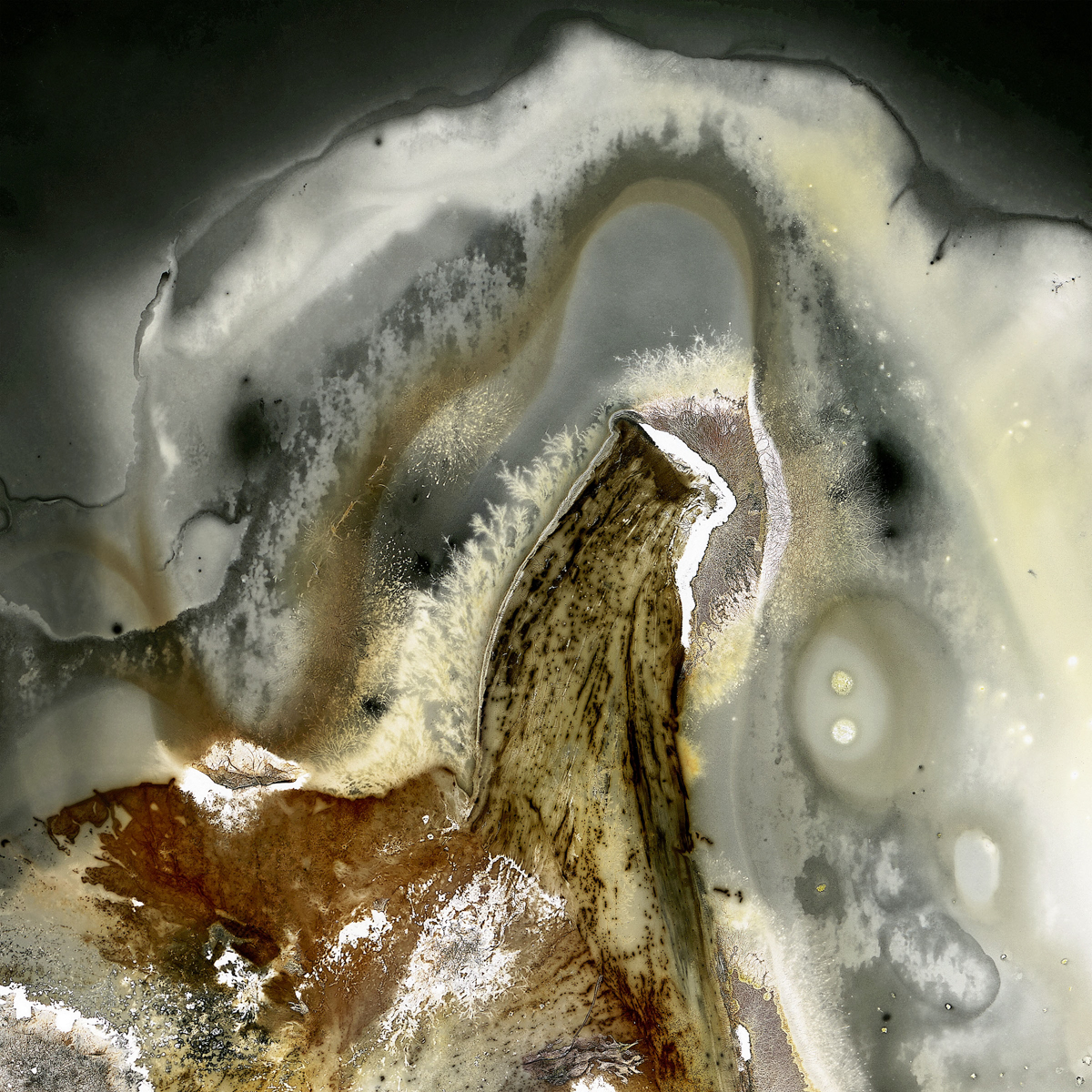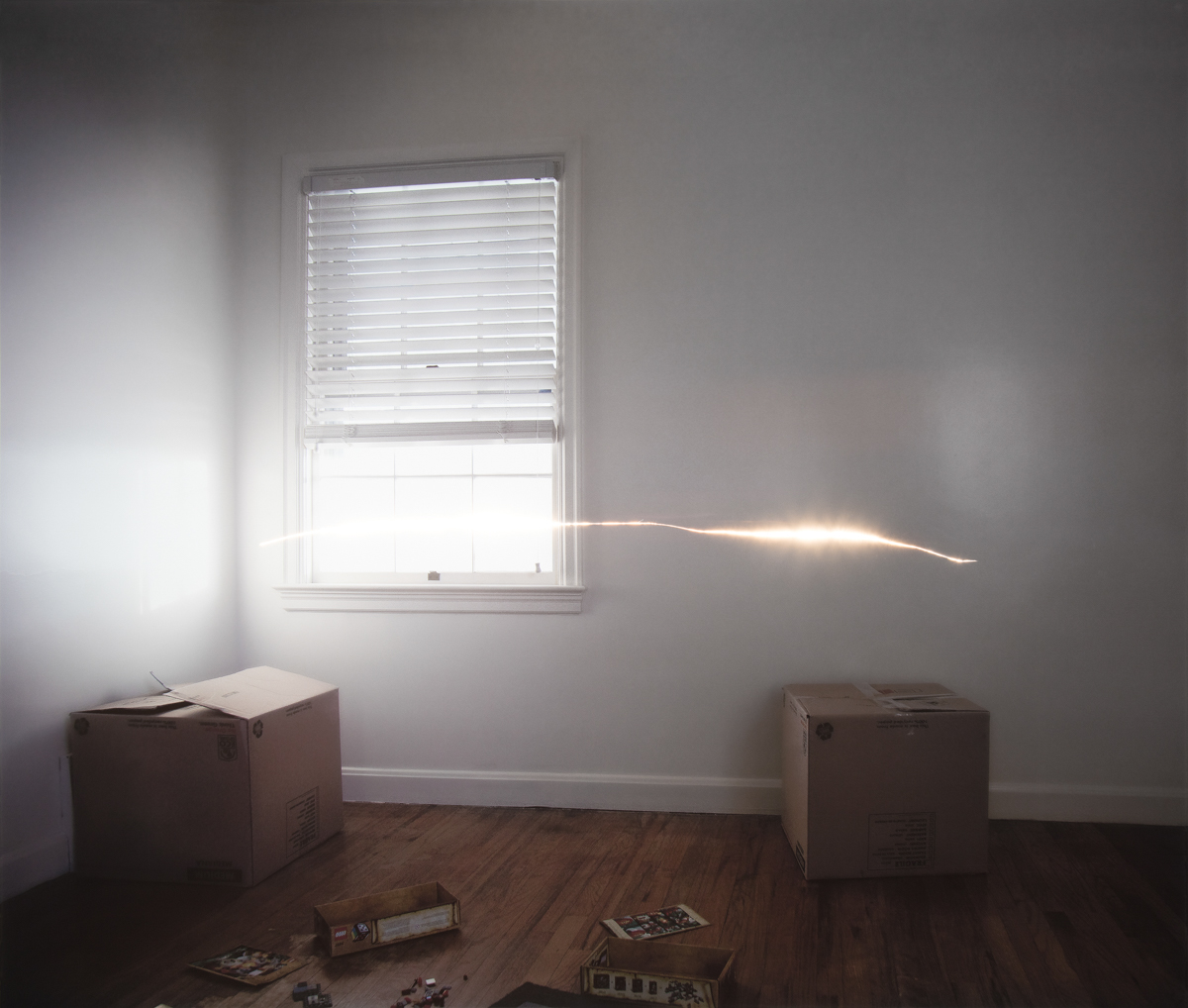De | marcation
A Survey of Contemporary Photography in Utah
Co-curated by Amy Jorgensen and Edward Bateman
Granary Arts, Ephraim, UT
Issue 122
Included Artists: Kimberly Anderson, Christine Baczek, David Baddley, Edward Bateman, David Brothers, Van Chu, Samuel Davis, Daniel George, Haynes Goodsell, Mark Hedengren, Amy Jorgensen, Natalie Kirk, Karalee Kuchar, Carsten Meier, Bernard C. Meyers, Andrew Patteson, Kim Raff, Nancy E. Rivera, Fazilat Soukhakian, Josh Winegar
Link to Project
I am thrilled to share this project with the Fraction community. The genesis for this exhibition emerged from a visit to the archives of the Center for Creative Photography in 2016. I had a chance to view several group portfolios from the 1970’s and was inspired to reinvigorate the format with the vision of providing a platform to support Utah photographers. The long-term view included engaging a critical dialogue around contemporary imagemaking, building institutional support and a collector base in the region, and finally, generating connections among Utah photographers while sharing the work of these strong creative voices across state lines.
The inaugural exhibition co-curated by myself and Edward Bateman opens at Granary Arts in May and will also be on view at the Utah Museum of Fine Arts in the fall. The scope of the project includes the exhibition, a limited edition portfolio published and distributed by Red Butte Press and Granary Arts, and an exhibition catalogue. As you hit the road for summer travel, I invite you to stop in Utah to see this show. It is a labor of love with many collaborators who have worked to bring this to an audience. It is built on concepts of generosity, shared vision, and the belief that what is relevant to our regional community will also speak to our global community.
Cheers! - Amy Jorgensen
ESSAY by Amy Jorgensen
DE | MARCATION surveys the contemporary photographic landscape of creative practice by artists in the state of Utah as they navigate new territory in the global dialogue of imagemaking. The exhibition speaks to an interruption of space and an intention to delineate new boundaries while challenging the photographic traditions of the West as a hallowed land—the landscape as a rugged vista to be conquered and tamed under the banner of Manifest Destiny and the settling of Zion. The images reflect the dynamics of shifting cultural narratives and our relationship to place in a richly interconnected world.
The early 19th century survey photographers of the West were commissioned by government bodies and private industry to document the expansive vistas and provide a visual assessment for the feasibility of frontier expansion. Their photographs of the landscape channeled the sweeping romanticism of the sublime in the tradition of painters Albert Bierstadt and Thomas Moran and inspired a migration westward; these were images to be gazed upon.
In contrast, the landscape in this collection is often treated as a secondary character which is acted upon or used as a backdrop. Kuchar and Baddley situate the landscape as a collaborator in creative action—no longer a vista, but a medium integrated into the artists’ practice. They use performance and elements of nature to reframe our relationship to the land in terms of the body. Emerging as a prominent theme, performance ranges from the elaborate constructions of Brothers’ sets and his formulated scenes, to the intimate revelations of Jorgensen’s abstract imagery made from the surface of her body, images which question our assumptions
of the photograph as truth-holder and witness.
Several of the artists define aspects of their work as a departure from cultural and religious customs. Narrative text, reenactments of religious myths, and the steady gaze of the portrait coalesce to articulate a collision between traditional narratives and confrontations of gender and power. Soukhakian’s work explores the dissonance between her native Muslim culture and her experience of gender, while Goodsell examines the tenuous line between private and public, and queer experience in self-portraiture. Through the directed gaze of her subject, Kirk flips the posturing of gendered stereotypes to reveal a new gender binary.
Raff, Hendengren, and George use a documentary approach to juxtapose normalized environments and objects against a backdrop of complicated themes. They engage their audience in the narratives of subculture and the implications of violence. Referencing a staged aesthetic, Raff’s image could be anyone’s living room, yet a small romantic portrait of two wide-eyed children suggests an innocence far removed from the stalk of a clean-cut man holding a pistol. George collects the refuse of a population with nothing left to conquer, wherein the target practice litter of household items found in the open landscape is presented as precious and disembodied. On the surface, Hendengren’s image is playful: two young women float in blow-ups on a tilted horizon of water, yet one has a black eye and a cigarette in hand. All of these images hint at an undertow of darkness and stories of which we do not know the whole.
A revised interpretation of the landscape unfolds in the works of Anderson and Patteson. They work through the lens of the built environment and their images are a departure from the marketing which promotes Utah as a pristine wilderness and an outdoor adventure destination. Looking at industrial interests in Great Salt Lake, Anderson frames a virtual mountain of salt with a road leading to a false destination, while Patteson transects the byway of 7800 South, traversing diverse economic neighborhoods and commercial districts. Once a beacon for commerce, Patteson’s image of a faded pink sign is broken, empty, and dilapidated.
The use of satellites and the exploration of space has fundamentally altered our methods of mapping, communication, notions of proximity and accessibility, and our relational understanding of our place in the universe. Meier, Meyers, and Davis continue the investigation of the effects of the built environment, and build on the notion of frontier expansion. The narrative of the West is intimately tied to water—John Wesley Powell’s expeditions were instrumental in mapping the early boundaries of Utah and the future of water use in the region. Meier’s image of Glen Canyon Dam, created by overlapping satellite and topographic mapping, compels us to consider the new frontier of space. Likewise, Meyers’ dismembered urban landscape, in which humans inhabit a zombie-like state, reads like a glitch or the chatter of broken signal—a fuzzy patchiness of information beaming back and forth between earth and orbiting satellites. And finally, Davis situates the conversation in a panoramic view of an anonymous desert landscape with a blurred UFO escaping the frame – do we know what is out there?
In the images of Winegar, Bateman, and Baczek, there is a literal rupture and disintegration of the photographic image through the use of experimental processes. Tackling the subjects of personal memory, the rarefied object, and organic matter, the physical breakdown of the image and subject speak to the larger context of disrupting boundaries. Winegar’s image explores the correlation between light and revelation, applying earlier notions of the sublime to give precedence to intimate personal narrative. For Bateman, the breakdown of physicality renders an abstraction akin to Meier’s satellite view from outer space where our connection to physical ground erodes into fractal-like waterways. And in the drips of her chemical process, Bazcek alludes to the displacement of unique objects and an erasure of analog experience. They all address the broader discussion of how photographic method and the digital revolution has reoriented our experience of place, reality, and each other.
The discussion of reality versus artifice parallels a broader cultural acceptance of virtual experience. Referencing early 19th century images by Anna Atkins, Rivera crafts a transition between authenticity and simulacrum, seducing her audience into belief. As Bateman’s leaf is the display of natural disintegration, Rivera’s is the embodiment of artifice. Brothers epitomizes this critique in the dystopian game show stage where his characters and props stand as hyper-saturated cultural archetypes hungry to win. And like a magician, conjuring dragons with smoke and mirrors, Chu creates an ethereal and ephemeral landscape using ink and water as a substrate. As a culture, we have moved away from the tangible and embraced the inky dream of Chu’s illusion.
DE | MARCATION: A Survey of Contemporary Photography in Utah is an interruption of photographic tradition and a visual indicator of a shifting culture. In the way that Goodsell’s work functions as a mirror of the self between past and present, this exhibition is a reckoning of a cultural moment—this is photography now.
Kimberly Anderson
Salt Ramp and Pile, Great Salt Lake, Utah
2011
Christine Baczek
UMFA1951.074 [Francois Duquesnoy (manner), Allegory of Astronomy]
2011
David Baddley
Vessel
1999
Edward Bateman
Leaf No. 25
2017
David Brothers
Vans Vault
2017
Van Chu
Landscape
2009
Samuel Davis
Joan
2007
Daniel George
Expanding Foam Insulation
2016
Haynes Goodsell
Huigneiider (7 Years)
2011
Mark Hedengren
Two Women, Clutch River, Tennessee
2010
Amy Jorgensen
Body Archive 12.13.2007
2007
Natalie Kirk
Fran
2015
Karalee Kuchar
Bearing Weight
2015
Carsten Meier
Glen Canyon Dam, Topo/Satl 2017
2017
Bernard C. Meyers
Tokyo #355
2017
Andrew Patteson
Untitled/1227, from the series 78th South
2012
Kim Raff
Indoor Weapons Training
2015
Nancy E. Rivera
Plasticus syngonium podophyllum
2016
Fazilat Soukhakian
Forbidden Hair
2016
Josh Winegar
Untitled from “Burst Apart / Burst A Part”
2014
Amy Jorgensen lives and works remotely in the high plains desert of Utah and is dedicated to the arts as a maker, facilitator and educator. She is the Executive Director and Chief Curator at Granary Arts and an Associate Professor at Snow College where she is head of photography.
Visit Amy’s website or learn more about Granary Arts.



![Christine BaczekUMFA1951.074 [Francois Duquesnoy (manner), Allegory of Astronomy]2011](https://images.squarespace-cdn.com/content/v1/5363ea16e4b0885745705e0a/1556996702348-PCNJMHZ0LUWN01A4ZYW1/Christine+Bazcek_UMFA1951-074+Francois+Duquesnoy+Manner+Allegory+of+Astronomy_2011.jpg)

















